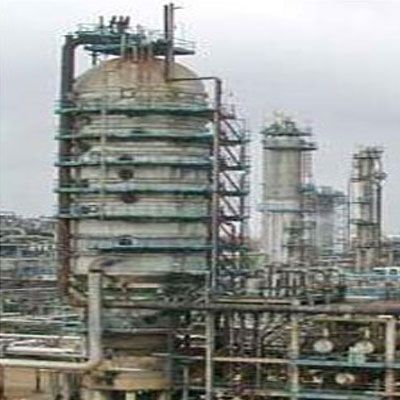[vc_row][vc_column][vc_column_text]A Hyperloop One test pod reached a speed of 190 mph at the company’s vacuum tube test track. It was the first time the system had been tested with a pod – intended to carry people and cargo – not simply a sled.
The test was celebrated on the company’s blog, including a video of the test. The milestone comes after the first Hyperloop test in a vacuum environment occurred in May.
“Farther and faster was our mantra for this phase,” says the blog post by co-founders Josh Giegel and Shervin Pishevar, and our XP-1 test pod went 4.5 times farther and three times faster than our initial runs in May. The XP-1 went as fast as 310 km per hour (190 mph) and reached a maximum distance of 437 meters (1,433 feet) in DevLoop. That’s using only 300 meters of stator for propulsion. With an additional 2,000 meters of stator, we would have hit 1,100 km per hour or 700 mph.”
The blog explained that the XP-1 performed as designed, handling high speeds and levitating in a vacuum tube depressurized to the equivalent of flying at 200,000 feet above sea level. The pods measure 28.5-foot-long and 8.9-foot-tall.
In a video accompanying the blog post, Hyperloop One asks the viewer to listen for “the sound of the future of public transportation.”[/vc_column_text][vc_video link=”https://youtu.be/jjv7bB9hy0k” video_title=”1″][vc_column_text]Obviously, Hyperloop One has a great deal of engineering and testing ahead to reach its target of 650 mph, let alone deploying the system at scale. There will be regulatory challenges, including negotiations with local authorities; and technical, as can be predicted when the aim is to perfect a radical new vacuum system for transportation. But, the company seems to be enthusiastic about its early tests, as are government officials open to innovative transit ideas.[/vc_column_text][/vc_column][/vc_row]
The test was celebrated on the company’s blog, including a video of the test. The milestone comes after the first Hyperloop test in a vacuum environment occurred in May.
“Farther and faster was our mantra for this phase,” says the blog post by co-founders Josh Giegel and Shervin Pishevar, and our XP-1 test pod went 4.5 times farther and three times faster than our initial runs in May. The XP-1 went as fast as 310 km per hour (190 mph) and reached a maximum distance of 437 meters (1,433 feet) in DevLoop. That’s using only 300 meters of stator for propulsion. With an additional 2,000 meters of stator, we would have hit 1,100 km per hour or 700 mph.”
The blog explained that the XP-1 performed as designed, handling high speeds and levitating in a vacuum tube depressurized to the equivalent of flying at 200,000 feet above sea level. The pods measure 28.5-foot-long and 8.9-foot-tall.
In a video accompanying the blog post, Hyperloop One asks the viewer to listen for “the sound of the future of public transportation.”[/vc_column_text][vc_video link=”https://youtu.be/jjv7bB9hy0k” video_title=”1″][vc_column_text]Obviously, Hyperloop One has a great deal of engineering and testing ahead to reach its target of 650 mph, let alone deploying the system at scale. There will be regulatory challenges, including negotiations with local authorities; and technical, as can be predicted when the aim is to perfect a radical new vacuum system for transportation. But, the company seems to be enthusiastic about its early tests, as are government officials open to innovative transit ideas.[/vc_column_text][/vc_column][/vc_row]
Last edited by a moderator:



